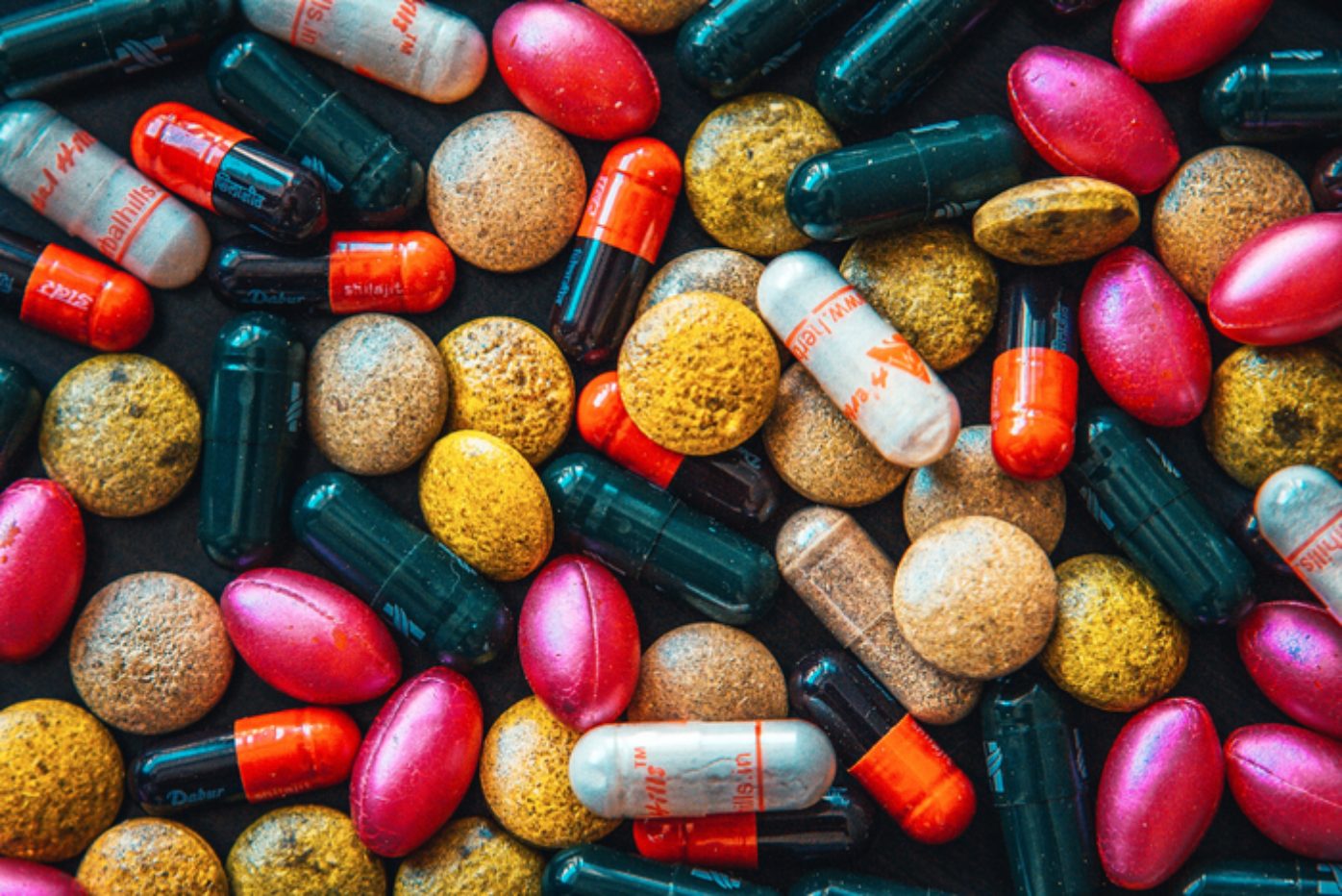
The next generation of legal highs could be discovered by AI.
Scientists in Canada have developed a model that identifies future designer drugs before they even hit the market. But don’t get too excited: the researchers aren’t planning to provide your next buzz. Instead, they want the cops to find it first.
High times
It wasn’t easy introducing AI to the drug game. First, the neural network needed a crash course in pharmacology.
Instead of a traditional education in a meth lab, the neural network was trained on a database of known psychoactive substances.
After diligently studying the structures of these drugs, the model progressed onto creating its own concoctions.
The rookie chemist proved to be a fast learner. In total, it generated structures for a whopping 8.9 million potential designer drugs.
While others would now retire to a life of experimental inebriation, the diligent researchers had further work to do.
Their ultimate objective was identifying new drugs before they end up in the hands of users. Law enforcement agencies could then outlaw the substances before they’re even synthesized.
“The vast majority of these designer drugs have never been tested in humans and are completely unregulated,” said study co-author Dr Michael Skinnider, a medical student at the University of British Columbia. “They are a major public health concern to emergency departments across the world.”
Uppers and downers
The team still needed to test their approach’s predictive powers. To do this, they compared the system’s substances to 196 drugs that had emerged on the illicit market since the model had been trained.
They discovered more than 90% of the new drugs inside the generated set. Cue the inevitable Minority Report comparisons.
“The fact that we can predict what designer drugs are likely to emerge on the market before they actually appear is a bit like the 2002 sci-fi movie, Minority Report, where foreknowledge about criminal activities about to take place helped significantly reduce crime in a future world,” said senior author Dr David Wishart, a professor of computing science at the University of Alberta.
Don’t tell Dr Wishart, but Minority Report ended (***SPOILER ALERT***) with the “Precrime” unit getting totally dismantled. Still, the researchers had one more trick to try before they risked the same fate.

The model had learned not only which drugs would emerge on the market, but also which molecules would appear. Using only a drug’s mass, the model was able to determine its chemical structure with up to 86% accuracy.
The team says this capability could massively accelerate the pace at which new designer drugs are identified.
The comedown
We should have seen this coming. When AI showed potential to discover new medicines, it became inevitable that it would soon become a narc.
The researchers say their approach could protect people from dangerous legal highs. Unfortunately, it could also ruin some great trips and awesome parties.
It doesn’t quite look ready for the streets, however. While the system’s dataset included 90% of the real designer drugs, they were extracted from a sample of 8.9 million outputs. It could be hard work finding the psychoactive substances of the future within that collection.
Still, I’m sure some people would be up for trying them out. Drug developers may also be keen to get their hands on the model.
You can read the study paper in Nature Machine Intelligence.
Get the TNW newsletter
Get the most important tech news in your inbox each week.





